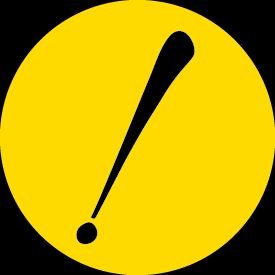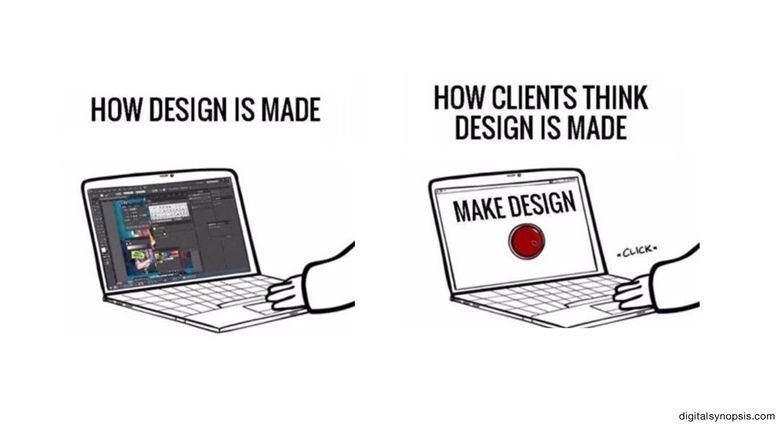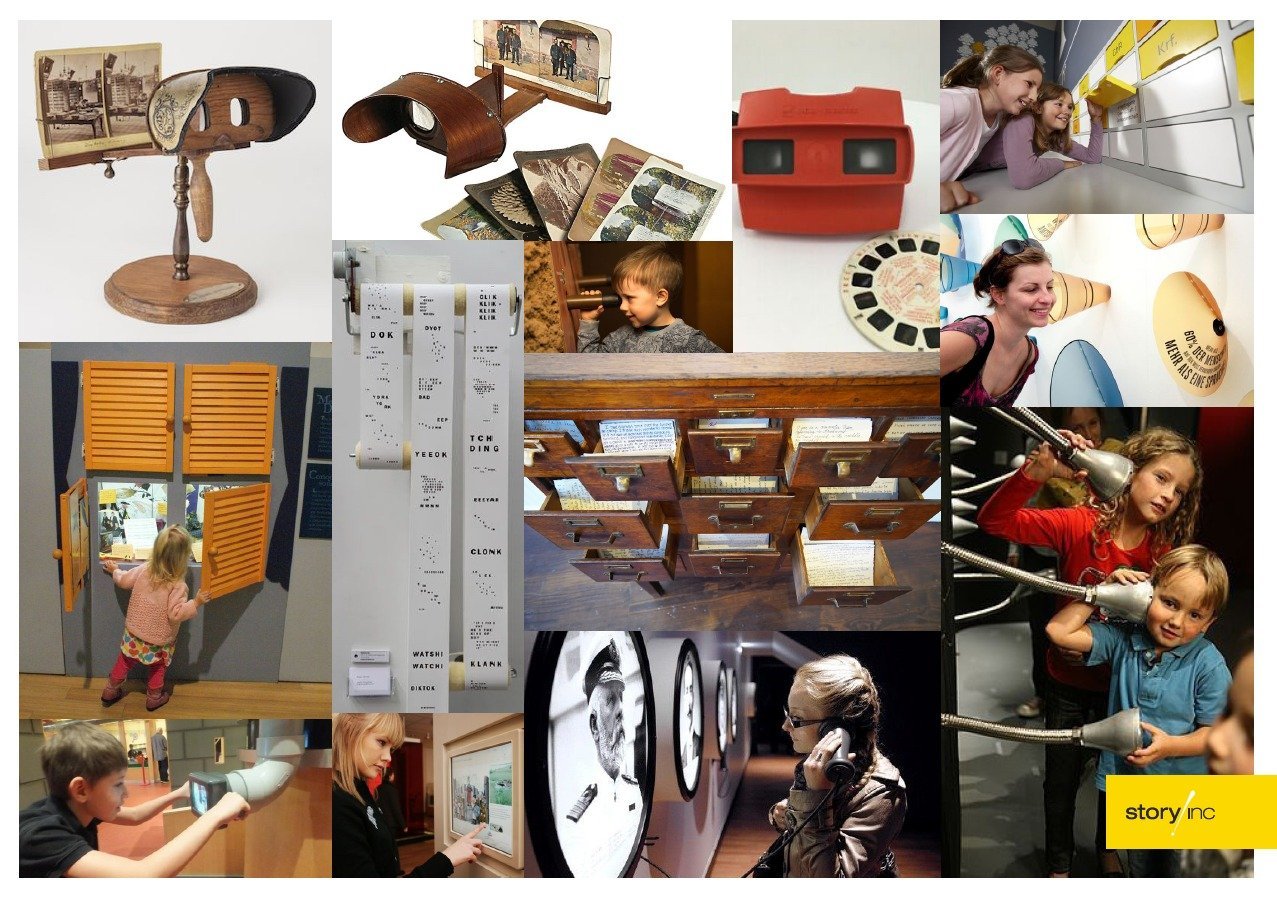Finding design inspiration
As visitor experience creators, design is at the heart of what we do. Our projects are diverse: our design work usually spans spatial, graphic, and UX design within a single visitor experience, and often branches into even more specialised types of design for projects with particularly niche needs (see Get Curious = book design; Wellington 150 = projection mapping; Future Makers = robot choreography!)
This month some of our creative brains and arm wavers are sharing their thoughts about the early stages of the design process - how and where they find design inspiration and then communicate it to clients.
Understand the Brief
“What we do is not creativity for its own sake; it’s always about telling a particular story. So the first question is always ‘what’s it about?’ and the first step is to truly understand the brief. Sometimes that means clarifying and restating it…”
- James McLean, Creative Director (and chief arm waver)
The Power of Many Minds
Collaboration is how we work at Story Inc. Not only with our clients, stakeholders and subcontractors, but within our own team too. We brainstorm and bounce ideas off one another to grow little seeds of ideas into real concepts. Recognising that all voices are equal in the design process removes ego from the equation and allows great ideas to come from any direction. As Harry Truman famously observed: “it is amazing what you can accomplish if you do not care who gets the credit.”
Have a System
The trope of the creative genius can lead people to the mistaken assumption that design and creativity is 100% organic and unstructured. However, the reality is that there generally is a method in the design madness, as ultimately design is about problem solving.
“I like to use a 'design-thinking' framework as a base. Designers and artists end up doing this naturally, but really good to start in this systematic way.”
- John Lott, Senior Spatial Designer
Image credit: medium.com
The famous “double diamond” is another useful way of visualising the design process.
Image credit: Productolio.com
“The first part is about going wide to learn about the problem - it’s about questions not answers. Then you zoom in to define what you need to achieve. Then you go wide again to think of how you might do it. And finally you zoom in on the particular solution.”
- Kate Berry, UX Designer
Be a Magpie
All of the creatives agreed that collecting and storing up ideas and inspiration for a time when they might become useful is essential:
“I think that as creative thinking people - who know that someday we will need to think up wacky ideas - we are constantly taking what we consume in daily life and storing it away on the odd chance that it might spark an idea for a design one day! I have tons of random bookmarks saved online, waaay too many Pinterest boards, pictures of exhibitions I've been to or just cool things I’ve seen out and about.”
- Shenae Heswall, Junior Spatial Designer
“Use all sorts of stuff that you collect over time for inspiration. Games, books, articles, comics, social media or whatever. Anything you see, hear and can vaguely remember from years ago can give you an idea. Those moments when you're like "oh that makes me think of this cool thing" and it's not directly related but it sparks the beginning of an idea.”
- Ashleigh Smith, Experience Developer
Specialist design resources can be a great source of ideas. Some of our favourites include:
Going down the rabbit hole that is Pinterest can provide a wealth of inspiration too.
A snapshot of a Pinterest Board from one of our recent projects
"It's just the vibe of it"
Moodboards are just one of the tools we use to quickly communicate design concepts to clients.
“Moodboards give the overall vibe or impression of the design idea, rather than specifics. It's not like we are going to do something exactly like one of these images - it’s more to communicate the impression the images suggest as a collective.”
- Ashleigh Smith, Experience Developer
“Moodboards are supposed to quite literally capture a 'mood'! They give a very vague sense of the atmosphere, the feeling or the 'thing' you are wanting to create. Even though they are made up of lots of different images, there is something in all them that binds them together to create this 'mood'.”
- Shenae Heswall, Junior Spatial Designer
An early moodboard for Kate Sheppard House…
... and a photo from the finished product! © Heritage New Zealand
But really The Castle explains it best:
“It’s the vibe of it. It’s the Constitution. It’s Mabo. It’s justice. It’s law. It’s the vibe and ah, no that’s it. It’s the vibe. I rest my case.”








